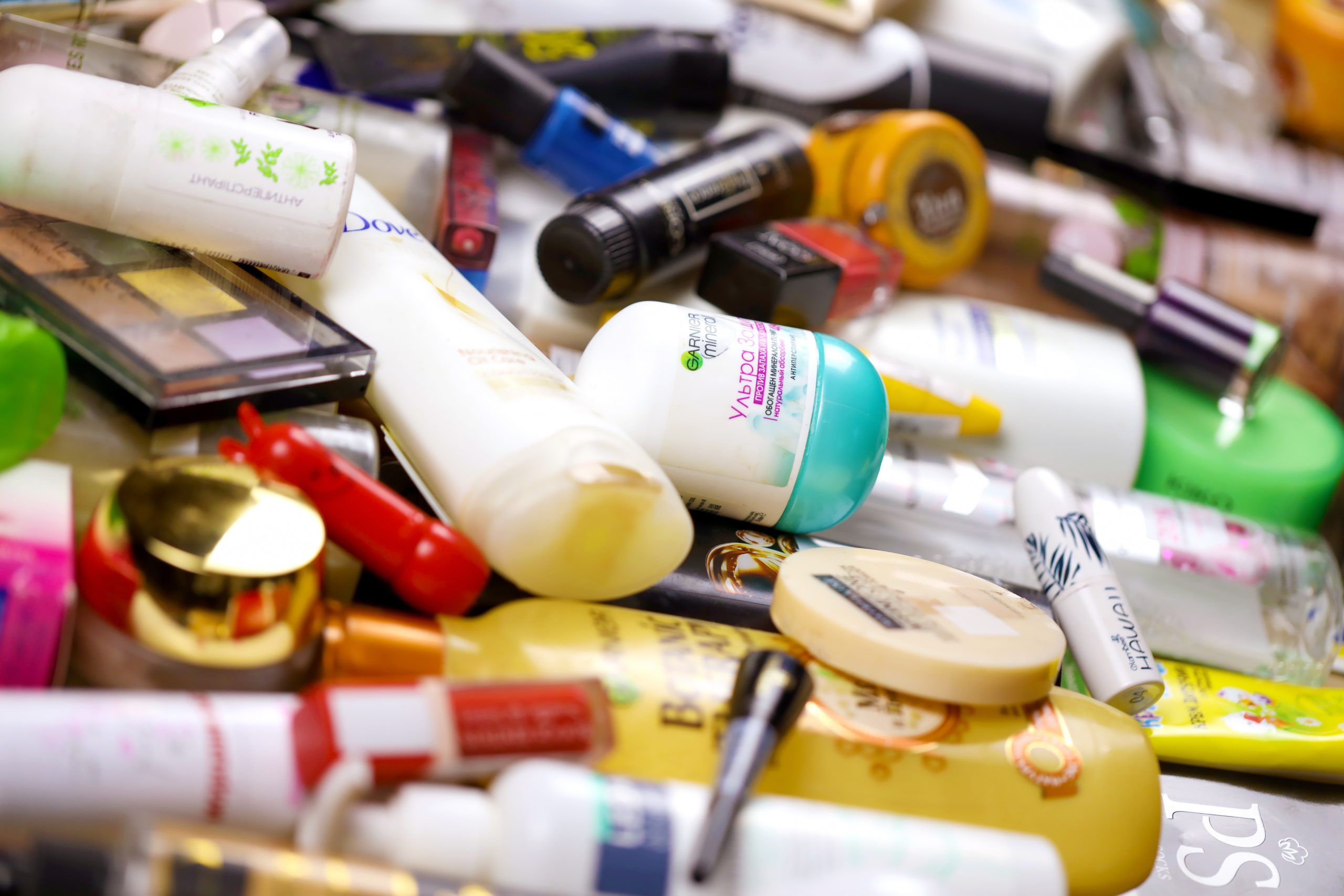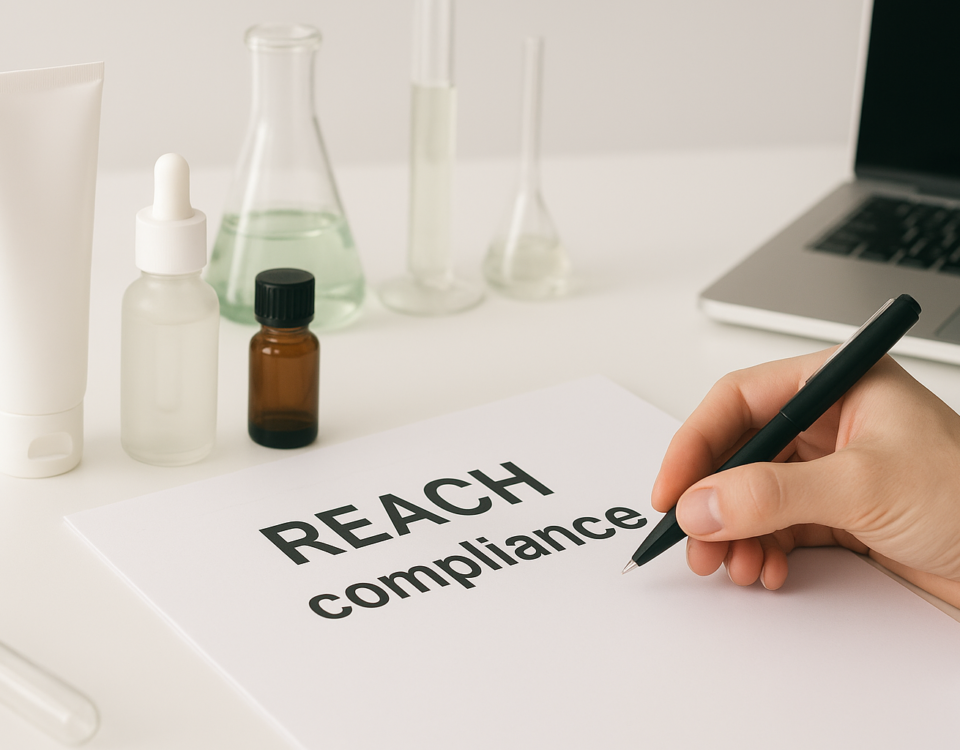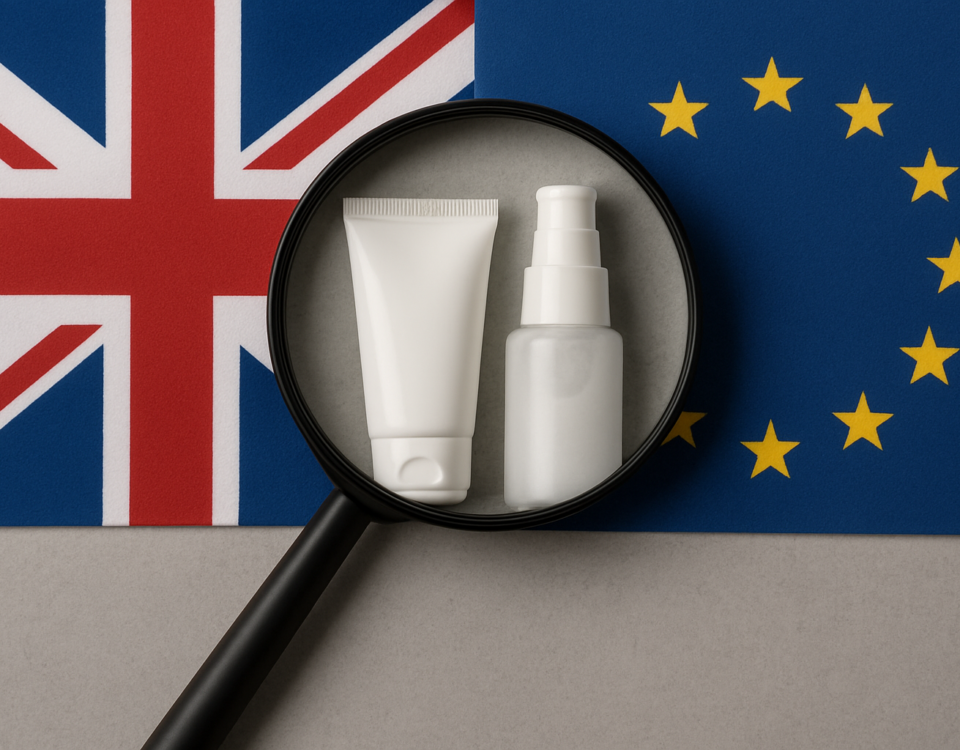
Sorting cosmetic waste
13 October 2022
ALLERGENS: The new upcoming European labelling regulations!
8 December 2022More and more brands are looking at highlighting specific ingredients, and using this as a marketing tool to make their cosmetic products stand out and reach more customers.
Warning! Advertising campaign under close supervision!
CLEAR provides an update on the regulations you will need to follow if you want your advertising campaign to be in order when you use such claims.
- During its most recent inspection campaigns, the Direction Générale de la Concurrence, de la Consommation et de la Répression des fraudes (DGCCRF – the French Body in charge of Competition, Consumer issues and the Prevention of fraud) took a close look at how specific ingredients are being highlighted, especially claims made regarding their effects when present in small quantities in the cosmetic products.
These inspections are being made with reference to Article 20 of the 1223/2009 “product claims” Regulation and the Regulation 655/2013 which lists the shared criteria to which all claims made for cosmetic products must comply before being used to promote the products.
What do these regulations actually mean by “highlighting”?
- Any presentation in which the ingredient is made to stand out against the rest of the product composition regardless of whether it is directly associated with an action of not,
- Such as claims that begin with “With…”, Contains…” or “Enriched with/Rich in…”.
What does the DGCCRF think about that?
If the highlighting of an ingredient intentionally encourages the consumer to buy the product without sufficient evidence to justify the claims, the DGCCRF will consider such claims to be misleading.
So, a number of points need to be taken into consideration to check the compliance of such claims:
- The overall product presentation (illustration, colour, odour, terms used, etc.)
- The incorporation of the ingredient at a “useful” or “demonstrated” concentration for which it has been proven that the ingredient will have an effect on the final product, and this based on data provided by the supplier of the ingredient or on existing bibliographical data,
- In the case of an ingredient with an action that has been empirically recognised (such as vegetable oils), a comparative test with and without the ingredient can be used to provide evidence that the claimed effect on the final product is indeed due to the presence of the ingredient in question,
- In the case where the ingredient is highlighted without being associated with an action, one must be able to justify the reason for highlighting the ingredient to the authorities. Such that the customer is not mislead into expecting a specific benefit from the said ingredient.
- All evidence of ingredient effectiveness must be presented in the Product Information Documents and the claimed effects must also have been tested on the final product. And it is often at this stage that the promotional campaign becomes costly*.
These regulations do not only apply to ingredients highlighted on the final product label, but also if they are highlighted on any other promotional support (web-site, social media, etc.).
In the event of non-compliance, the company will be subject to a fine of up to €15,000 per product.
Whilst most of these inspections have been completed in France, the Regulations in question are European, therefore they should be applied to the same degree for the rest of the European Union, including the United Kingdom which, even after having left the EU, also applies Regulation 655/2013 to define the common criteria and strengthen its enforcement methods.




